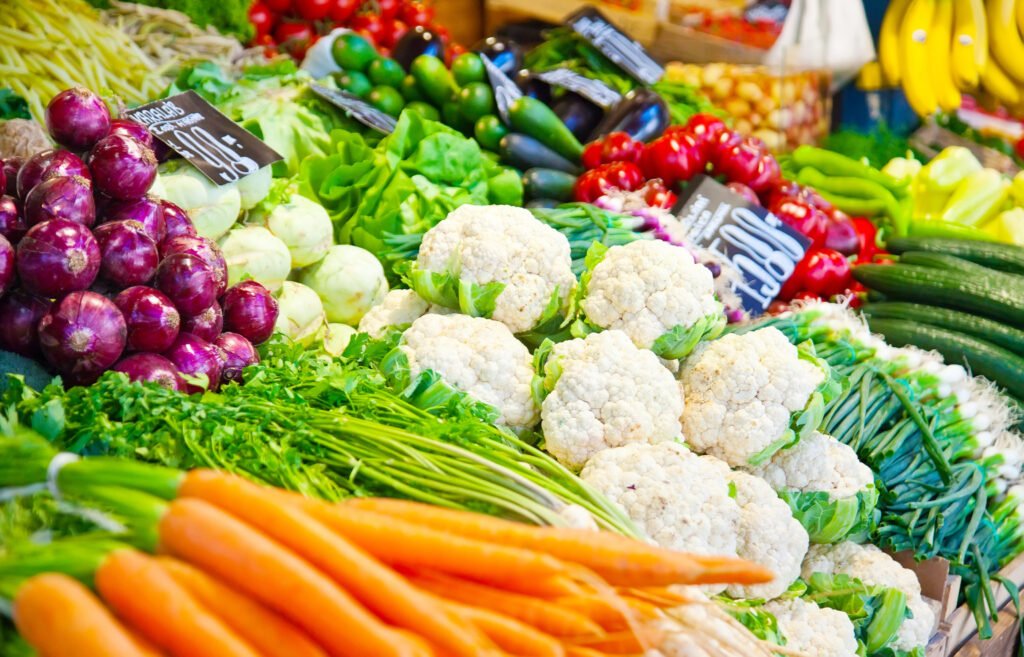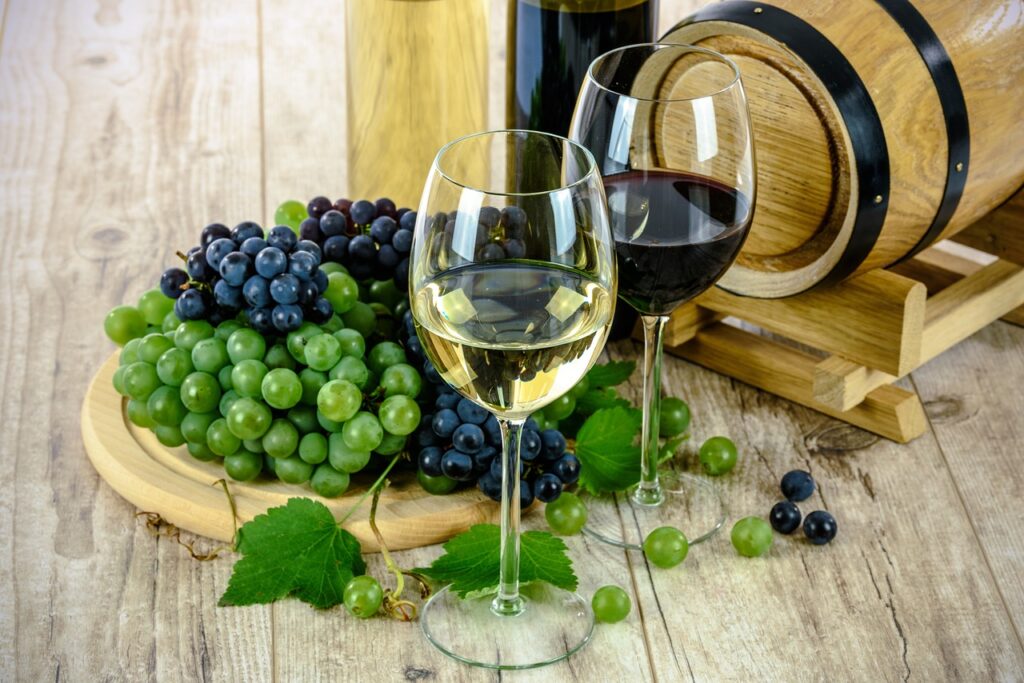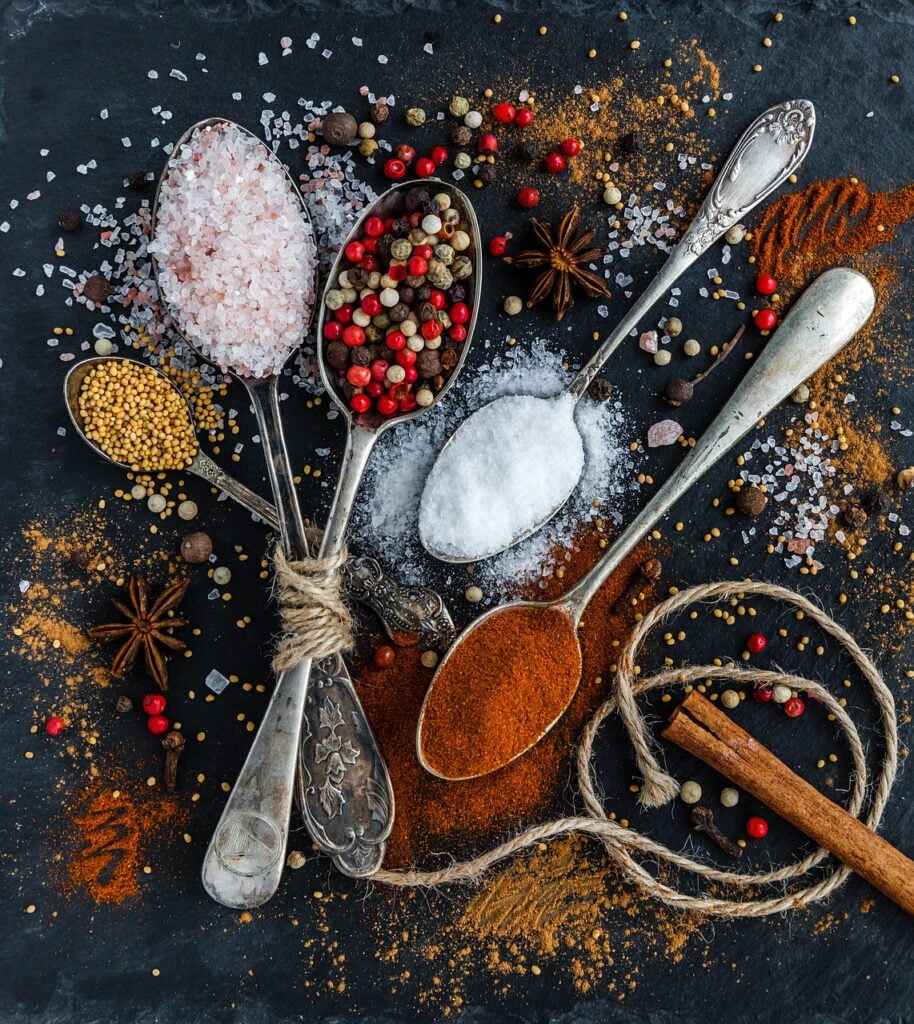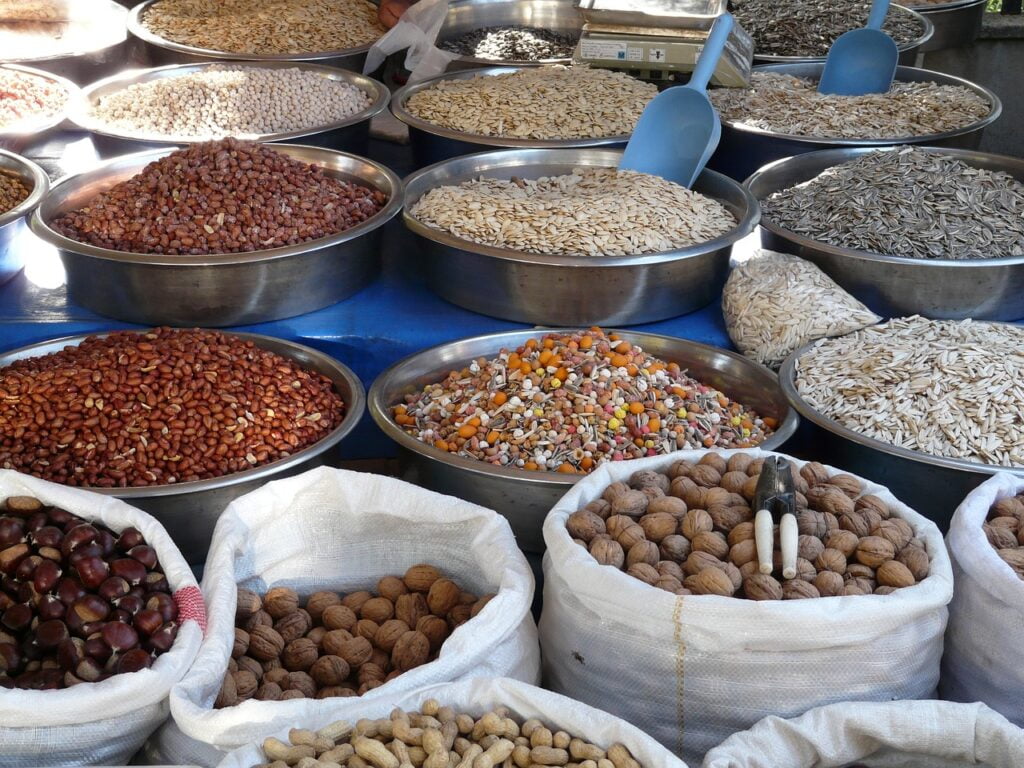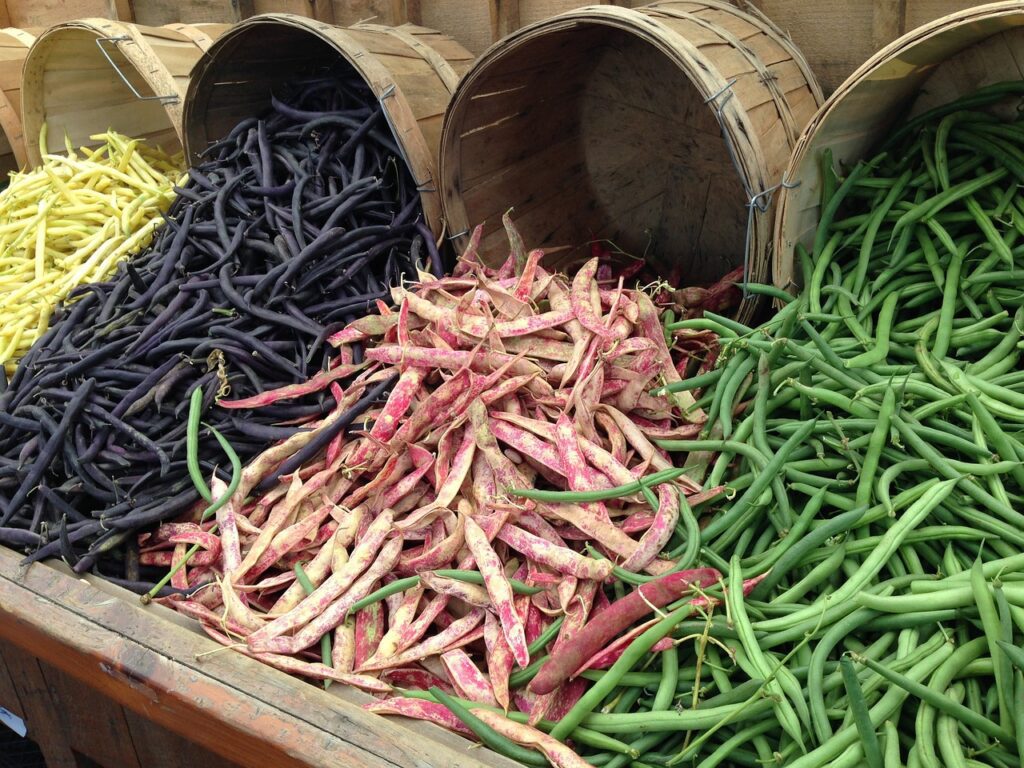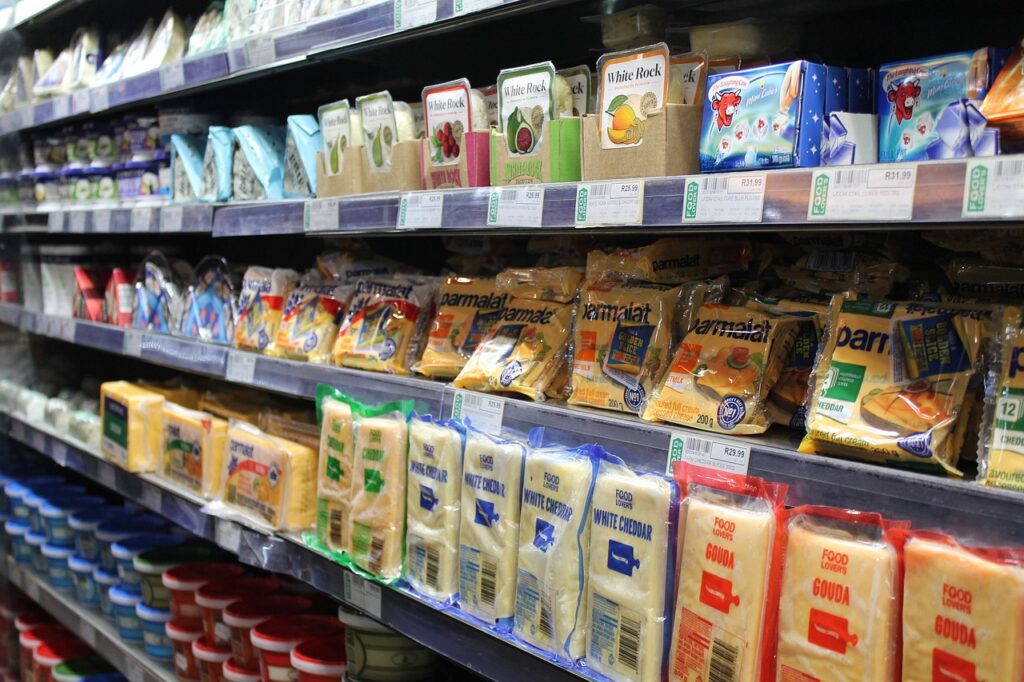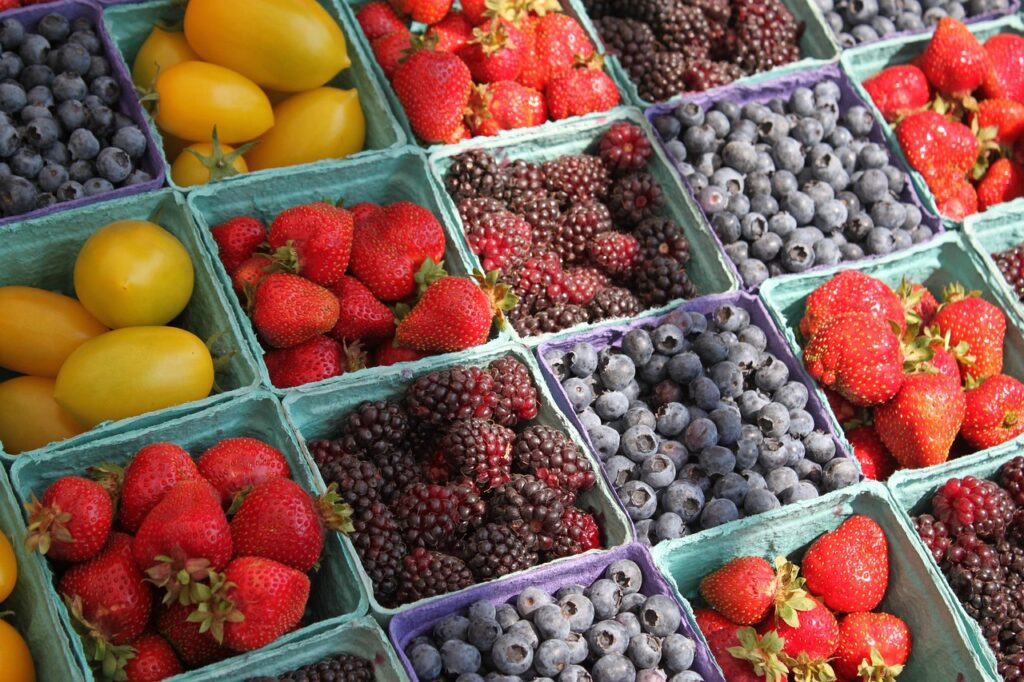Food Guidelines
Along with what we eat, where we eat, how we eat, when we eat make all the difference in our health. This thought is unique in Ayurveda. Ayurvedic eating is not generalized. It is…
Eating Guidelines
1. Do not eat while on the go
2. Do not eat too fast or too slow
3. Eat only when hungry
4. Do not eat without washing hands, feet and face
5. Without reciting mantra
Dravya Guna
The word ‘Dravyaguna’ means the science dealing with propertries and actions of drugs. This is counterpart of modern pharmacology. It would be necessary, at first, to understand the fundamentals of Ayurveda in general before…
Vegetables
Vegetables Overview Taste: Pleasant and not too strong in tasteEnergy: EvenPost – Digestive Effect: SweetActions: Generally, sattvicDoshas/Indication: Depend on the following vegetable varieties:Roots: Heavier, nutritive, V↓K↑P=; Carrots, potatoes, sweet potatoes, beetrootsLeafy Greens: (Including cabbage…
Oils
Oils and fats are a much misunderstood area of our modern diet. We moved away from cooking with saturated fats (e.g. meat fats, dairy fats) as we were told they were causing us too…
Animal Products
Meat is the most nourishing food, excellent for debility, convalescence, lowering high vāta disorders. Meat is considered deranging and makes more toxins or āma, especially in pitta personality. It promotes infections, fevers, tumors and…
Drinks
Liquids are very important to our nutrition as we are mainly made up of plasma.
Cooking Spices
Spices, in general, enhance the taste of food. Spices are an essential part of Āyurvedic cooking. Āyurveda recognizes the medicinal qualities of spices. Āyurvedic cooking uses these spices intelligently to balance the doṣas, to…
Nuts and Seeds
Nuts and seeds are rich in proteins, fats and fiber (ojas). They are a great alternative to grains, which are often too carbohydrate rich but deficient in other nutrients. Our ancestors ate a diet…
Legumes and Beans
Legumes (lentils, peas, beans) are comprised mostly of the elements of earth and air. Sweet and astringent in taste, they are immediately cooling, then go on to nourish and strengthen. While this is ideal in…
Dairy
Dairy is most beneficial when it is raw, from animals that are treated kindly, are fed with fodder free from pesticides, insecticides, and receive no steroid injections or rBGH (bovine growth hormone) in their…
Sweeteners & Condiments
We need a certain amount of sweet taste to maintain tissue development. This is because the basic taste of our body is sweet. White sugars are refined, which means they have been stripped of…
Grains
A mainstay in Ayurvedic cuisine, and cultures around the world—are nutritional powerhouses that provide carbohydrates, protein, iron, calcium, potassium, and important B vitamins necessary for a balanced diet.
The Effects Of Processed Food
This century has transformed how food is prepared and presented to a consumer. Because of the rapid pace of life, we have less access to fresh food and less time to prepare it. So,…
Fruits
Fruits are great for digestion, enhancing immunity, happiness, and strength. But it is also important to eat them in a right manner otherwise they can cause various stomach issues.




